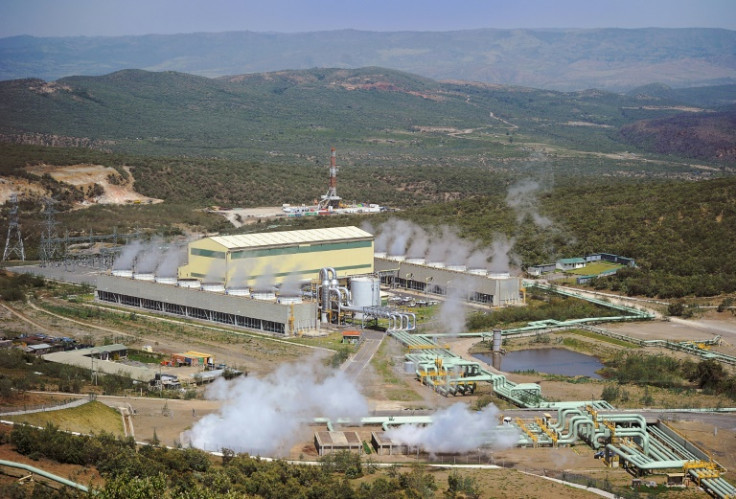
Google has begun producing electricity from a state-of-the-art geothermal energy pilot plant in Northern Nevada, the company disclosed in a press release Tuesday.
The project, which Google initially launched in 2021 alongside operator Fervo, has successfully harnessed geothermal energy without using a natural reservoir of geothermal fluids, a technological milestone poised to increase the total number of feasible geothermal energy projects around the world.
Google and Fervo's pilot plant in Nevada has already led to plans for a second, larger geothermal facility in Utah; the companies argue that their new technology will facilitate the rapid global adoption of geothermal energy systems.
The pilot plant is already supplying energy to the Nevada state grid, which supplies power to two major Google data centers in Henderson, Nevada. Google plans to source 100% of its business-wide operations using entirely carbon-free energy (i.e. excluding renewable sources with sizable carbon footprints like hydroelectric and nuclear power) by 2030.
"We see our efforts as part of a bigger picture," Google's Senior Director for Energy and Climate Michael Terrell said in the press release. "We'll continue to work with our partners to advocate for policies that advance the clean energy transition."
Geothermal energy facilities provide a key benefit relative to conventional carbon-free energy sources solar and wind power: they produce electricity continuously, rather than being dependent on sunlight or weather conditions.
As early as 2010, the International Energy Agency had predicted that global geothermal energy capacity would grow exponentially in the rest of the first half of the 21st century, reaching 3.5% by 2050 (up from an insignificant share of the current global energy matrix) and eliminating almost 800 megatons of CO2 emissions per year. The U.S. Department of Energy predicts that the U.S. could potentially power up to 65 million homes with geothermal energy by 2050.
"We are very excited about continuing the technological advances in geothermal energy...we're very interested in all of it," U.S. Secretary of Energy Jennifer M. Granholm said during congressional testimony in May.
Geothermal energy is widely considered critical for the decarbonized grids of the future—this is even the case outside of the United States in countries and regions with limited accessible energy resources that have volcanic activity (such as Japan).
"Together, we can accelerate advanced clean energy technologies and build the resilient, secure, cost-effective and fully decarbonized electricity grids that are needed to mitigate climate change and create a prosperous, carbon-free future for all," Michael Terrell said Tuesday.







